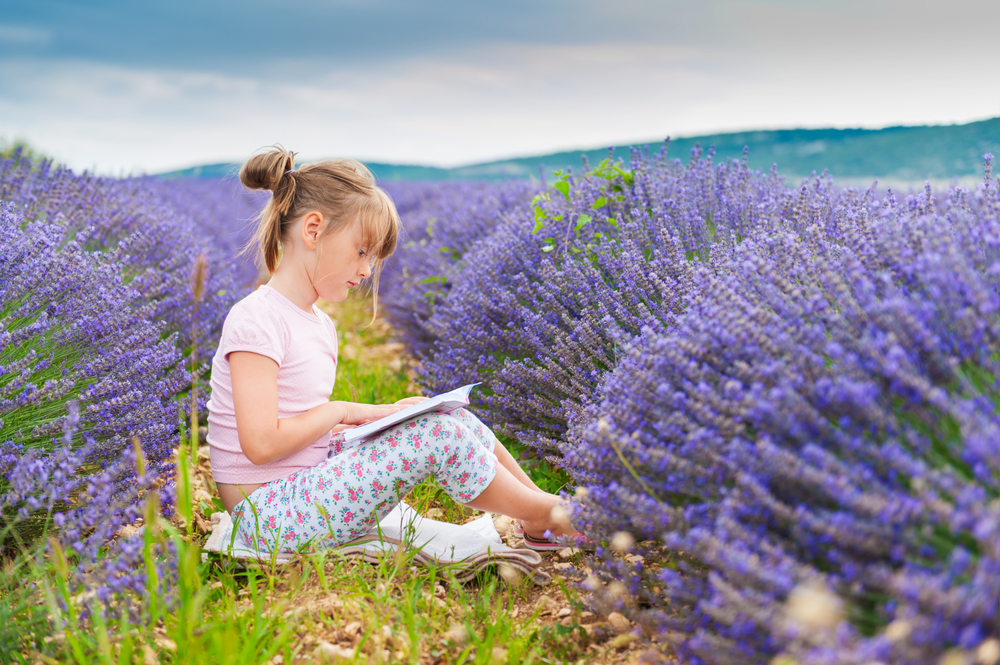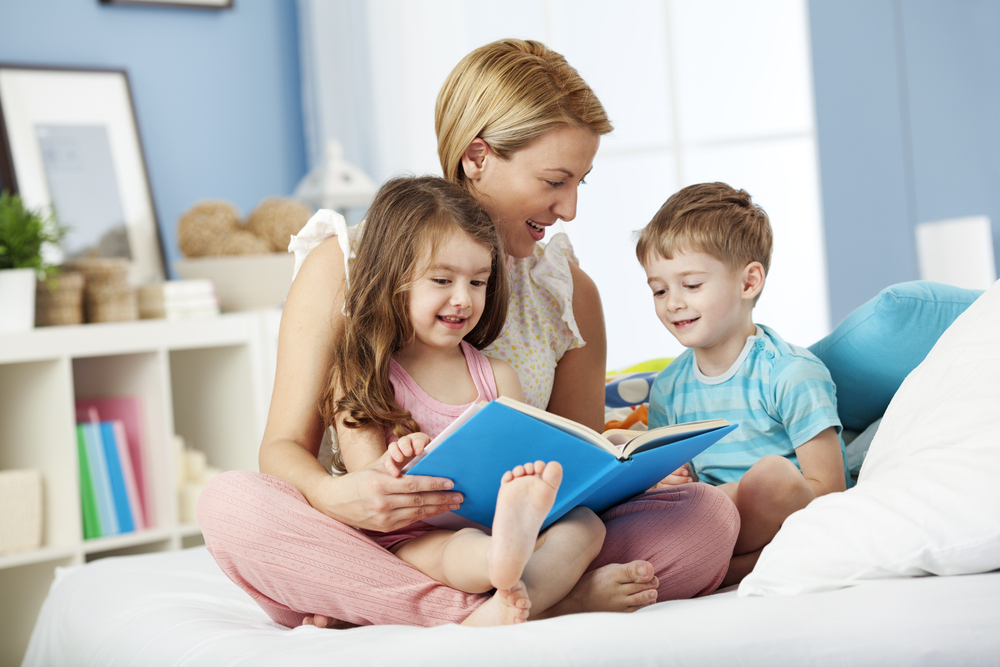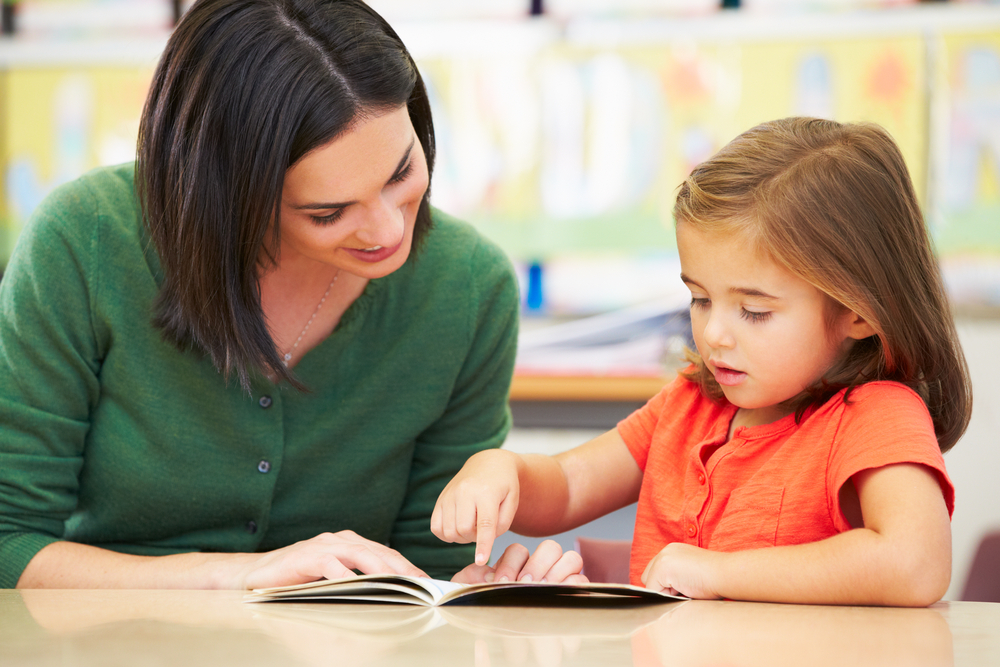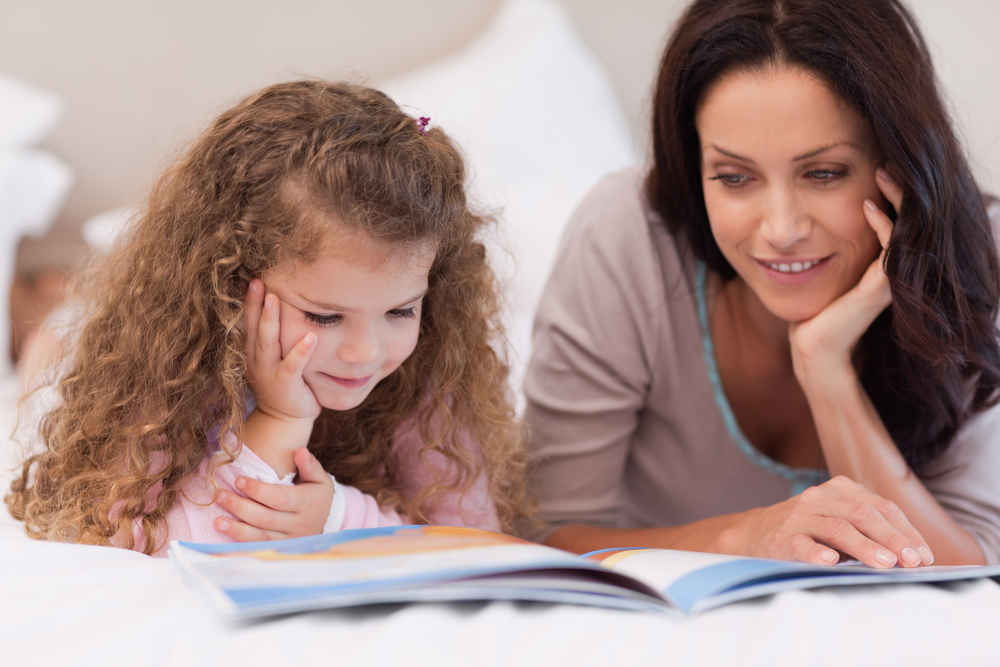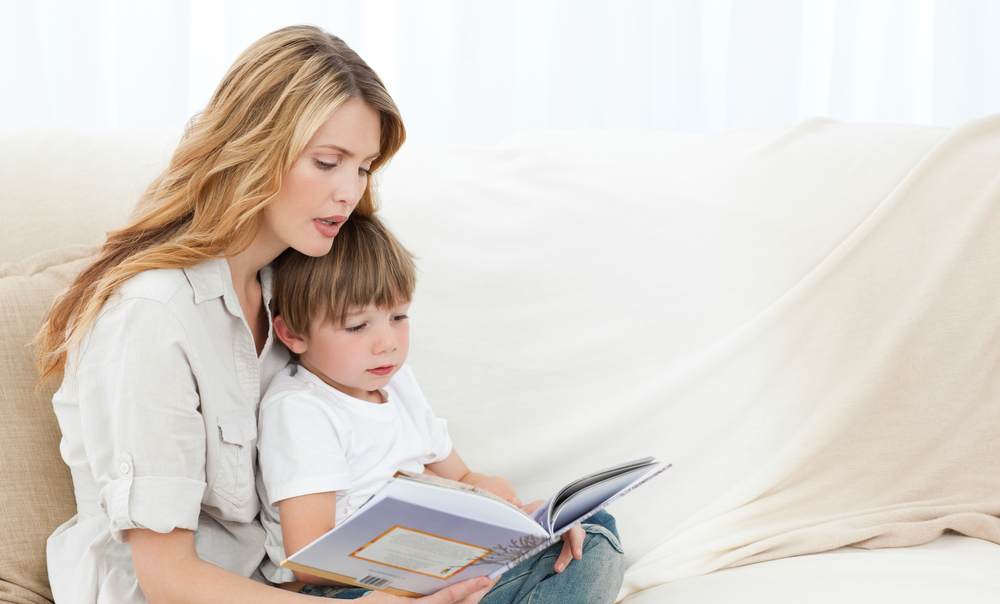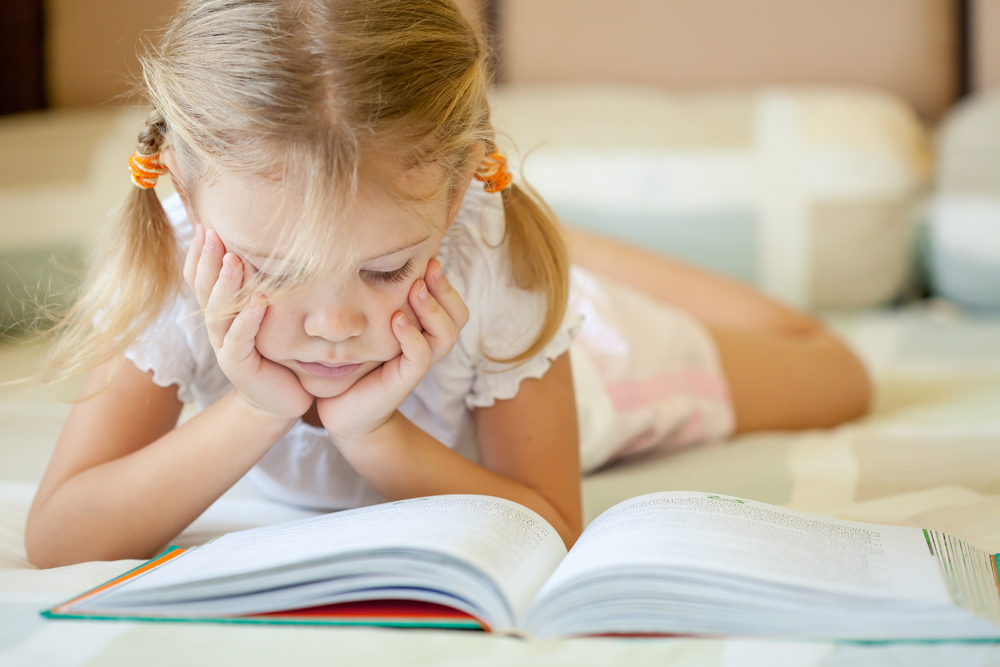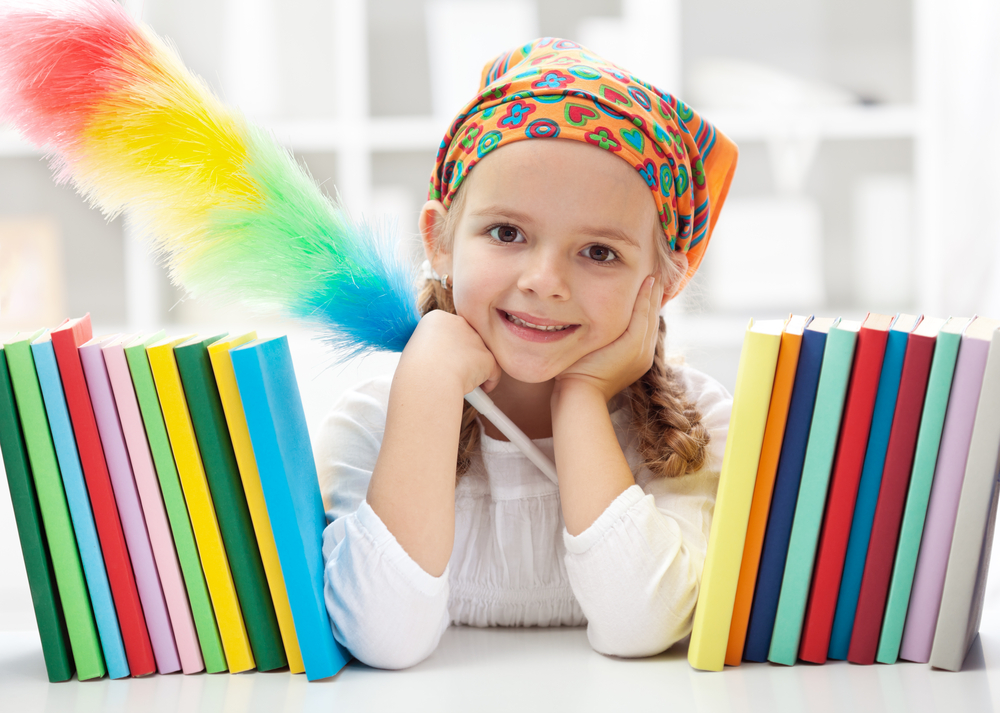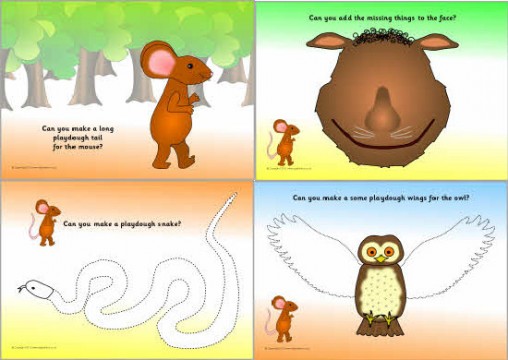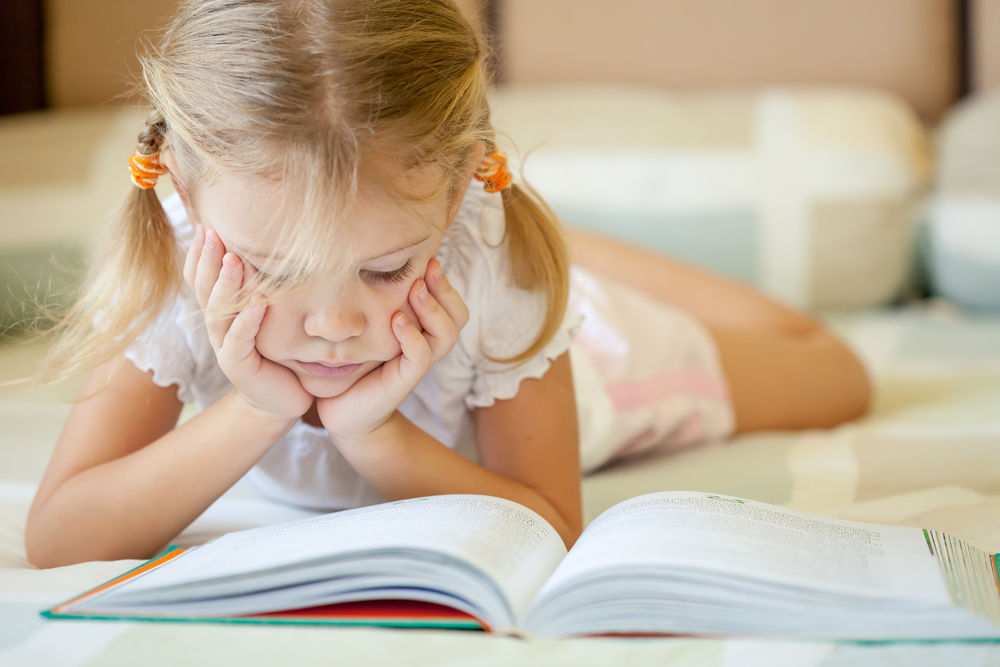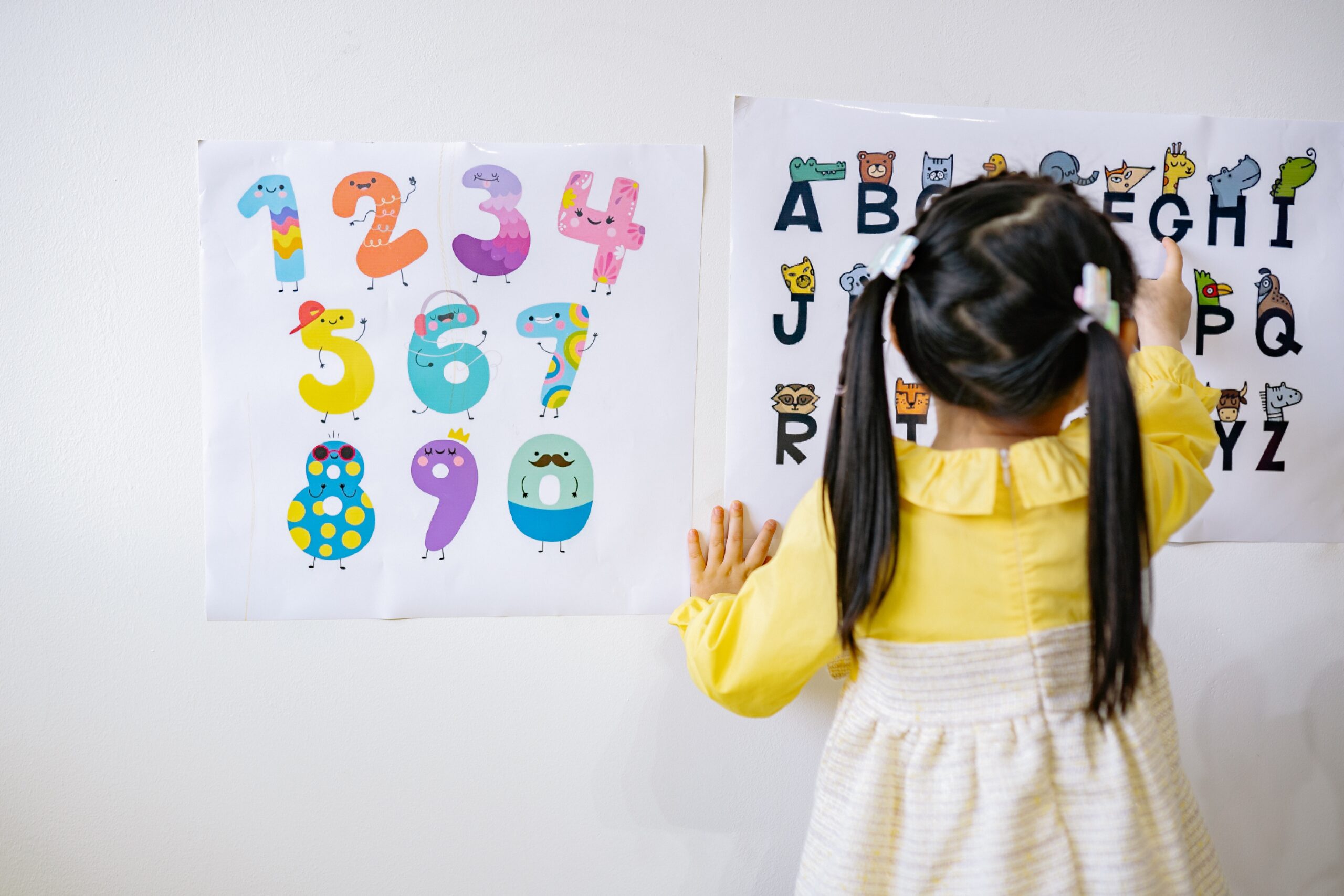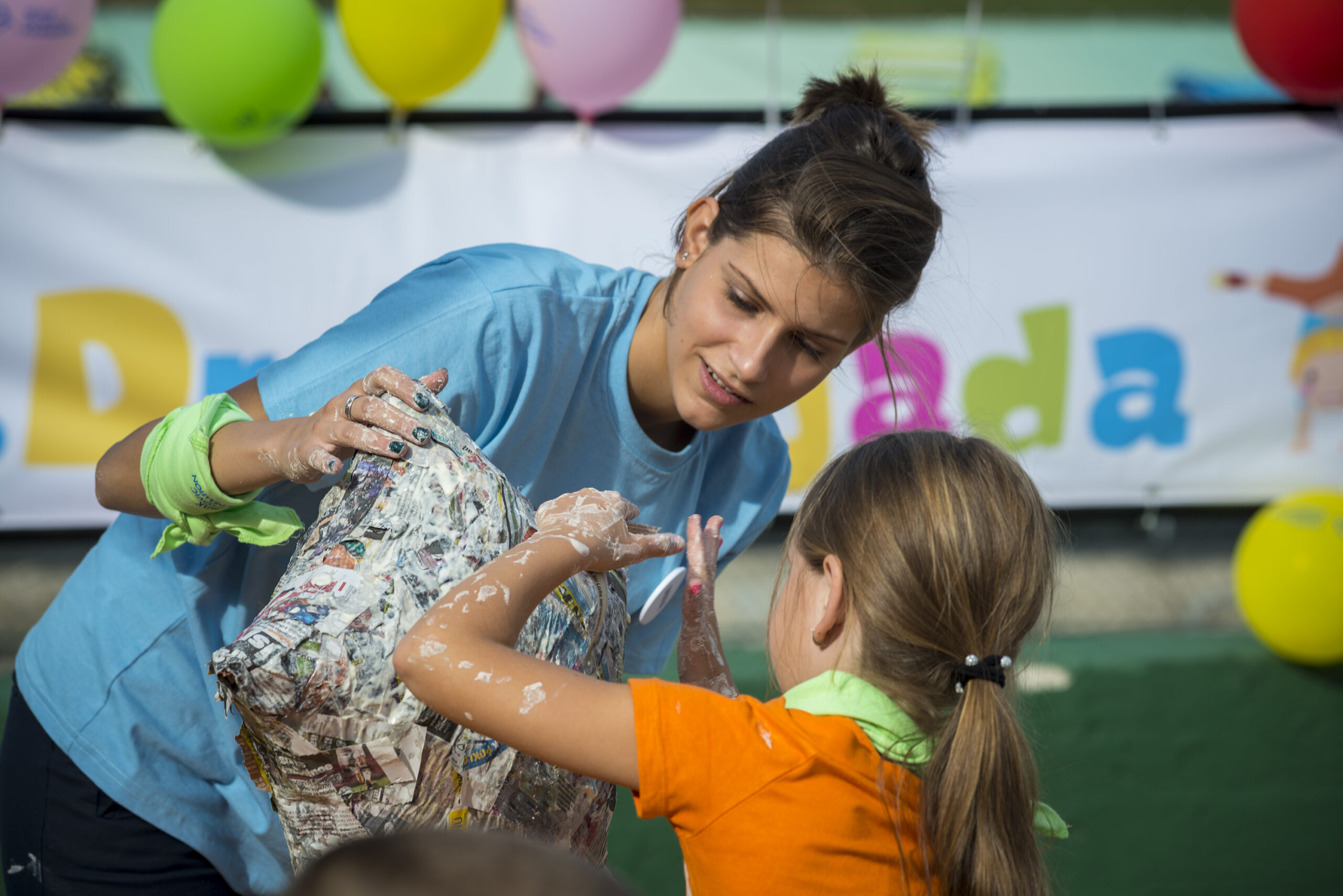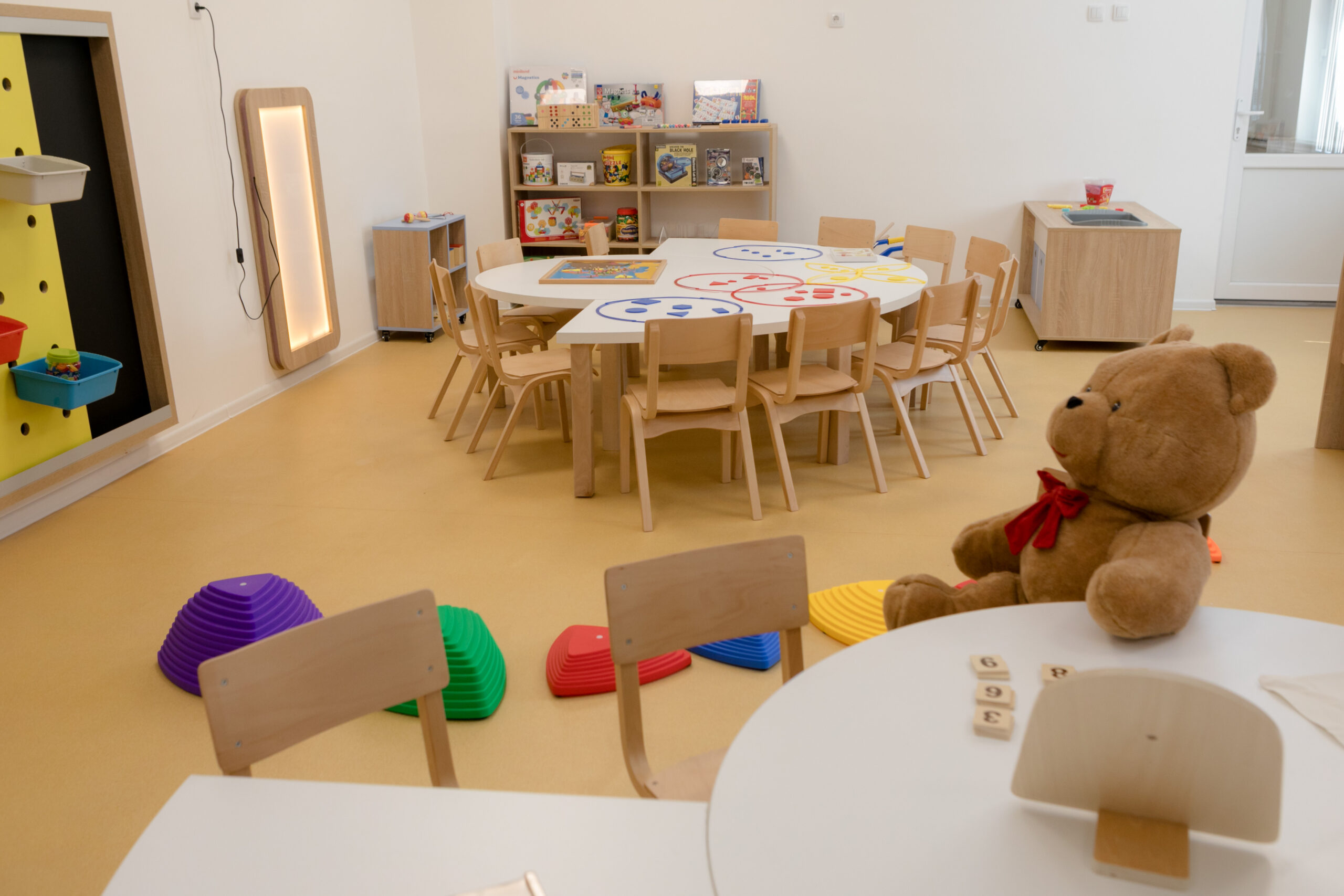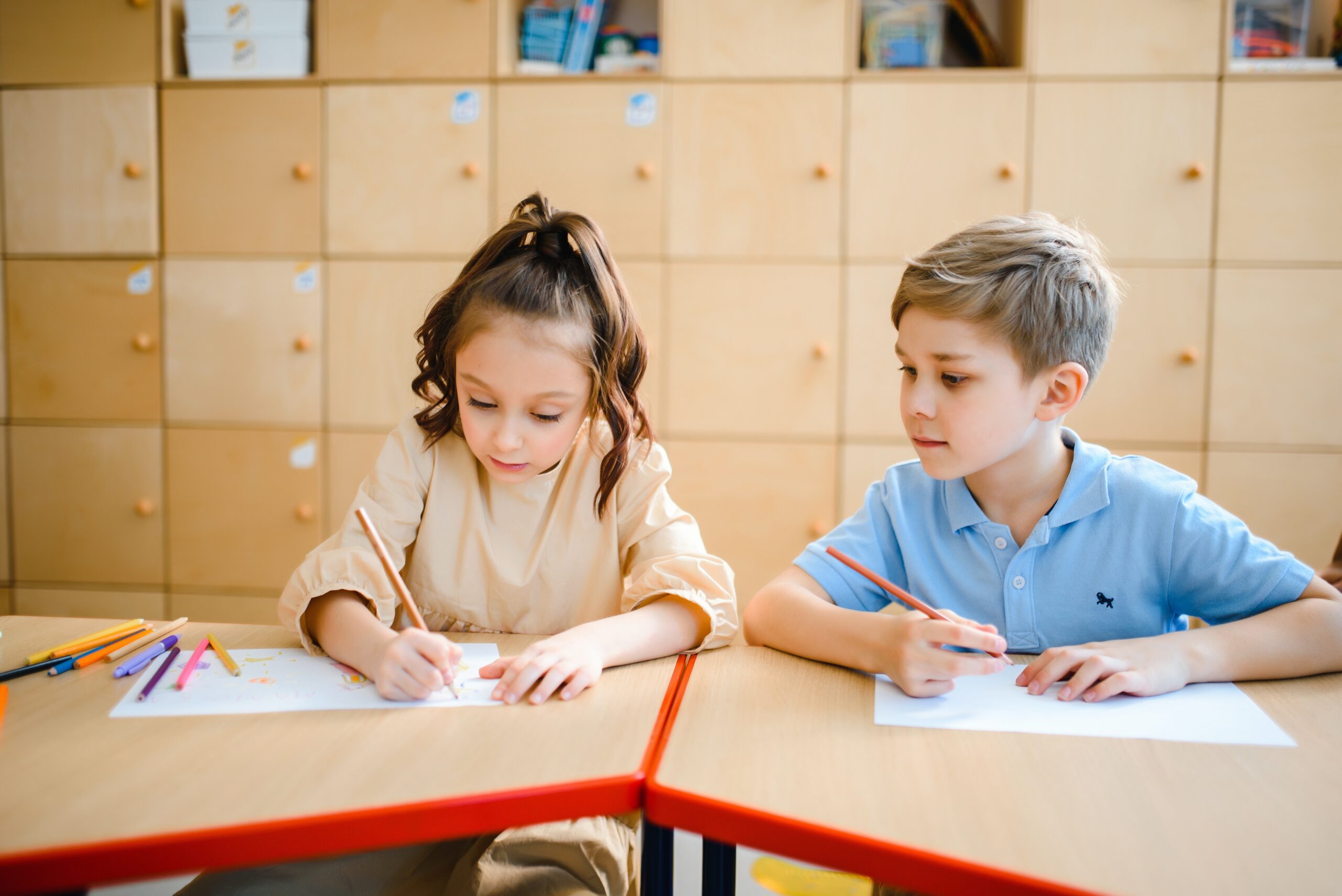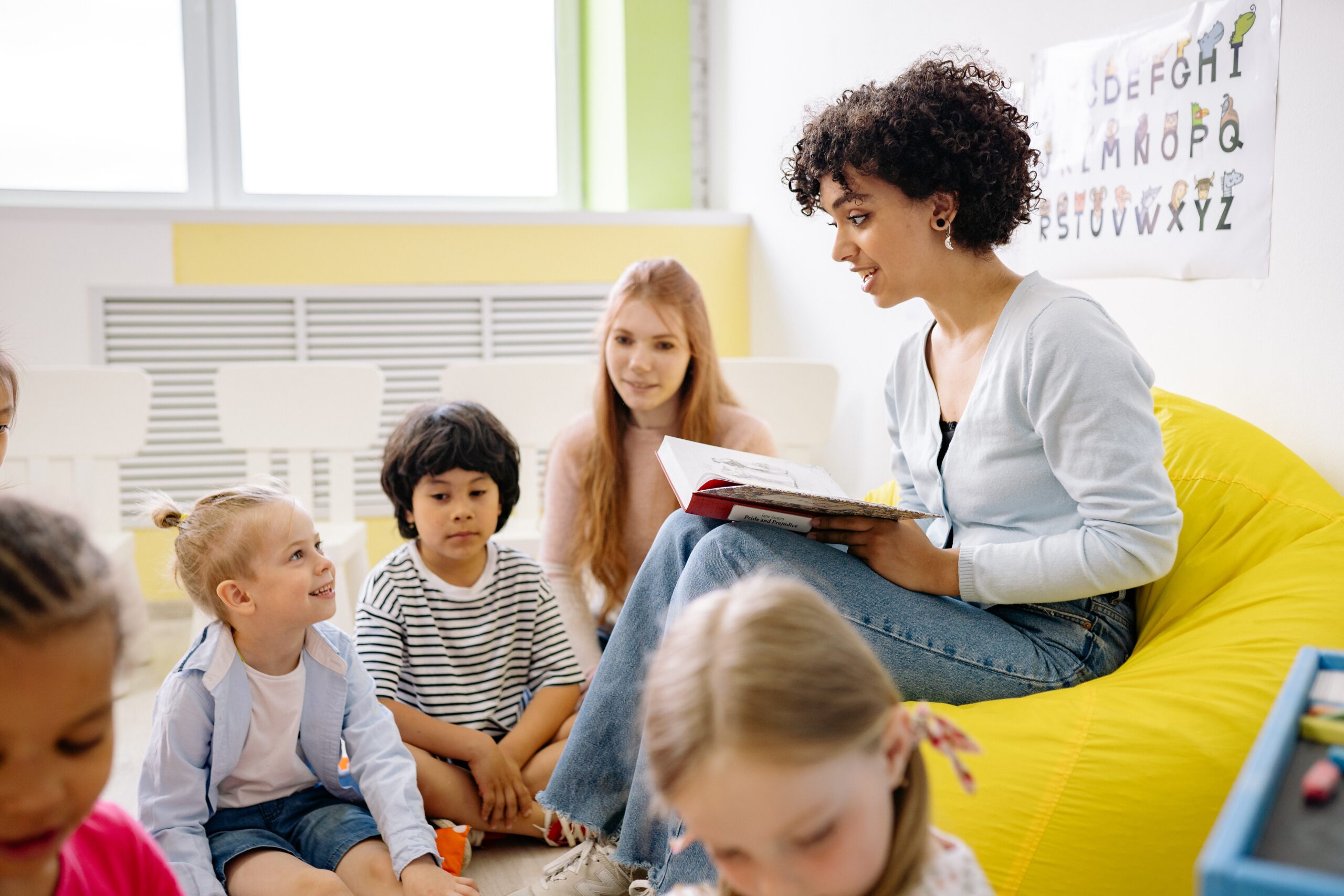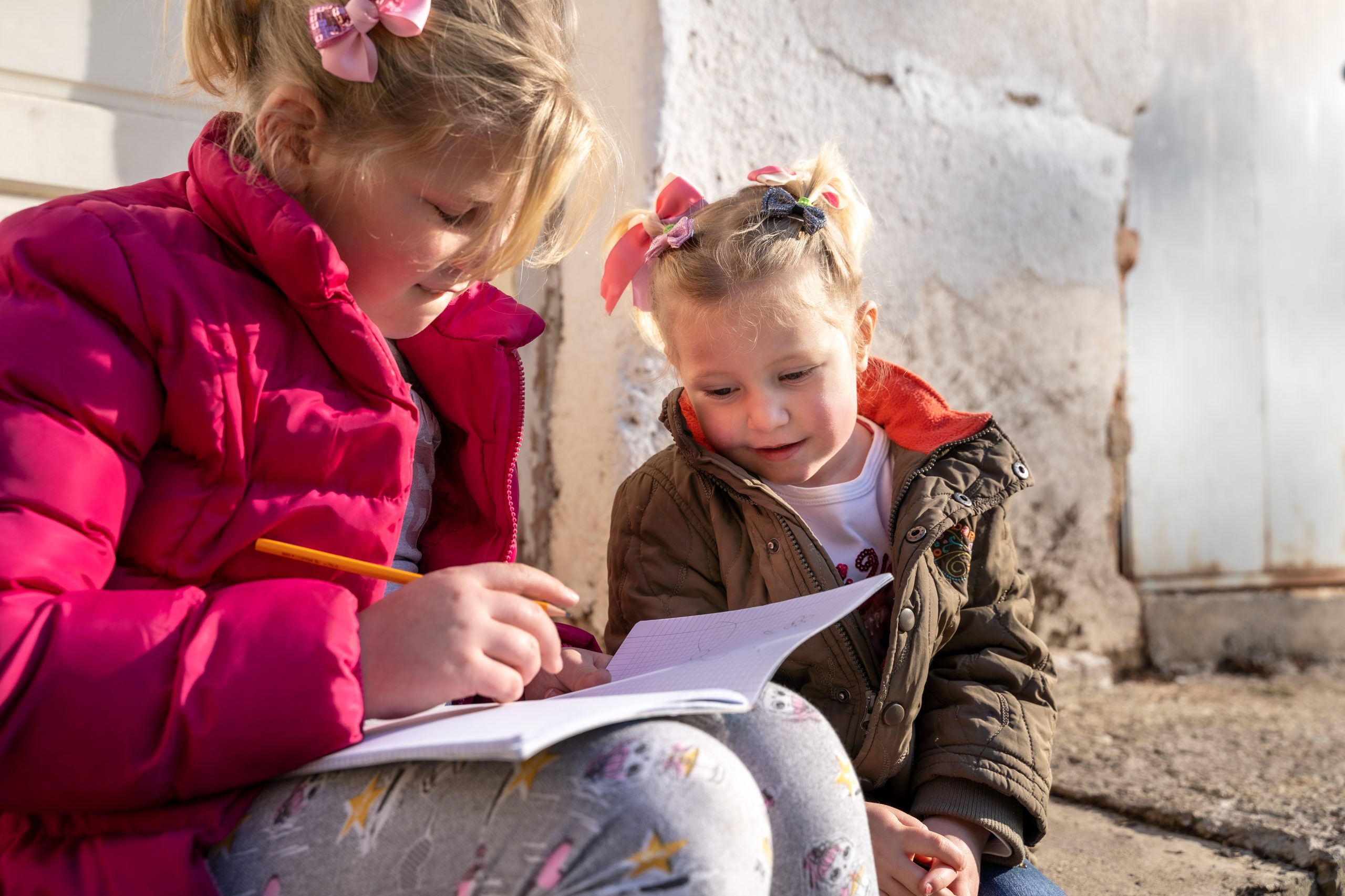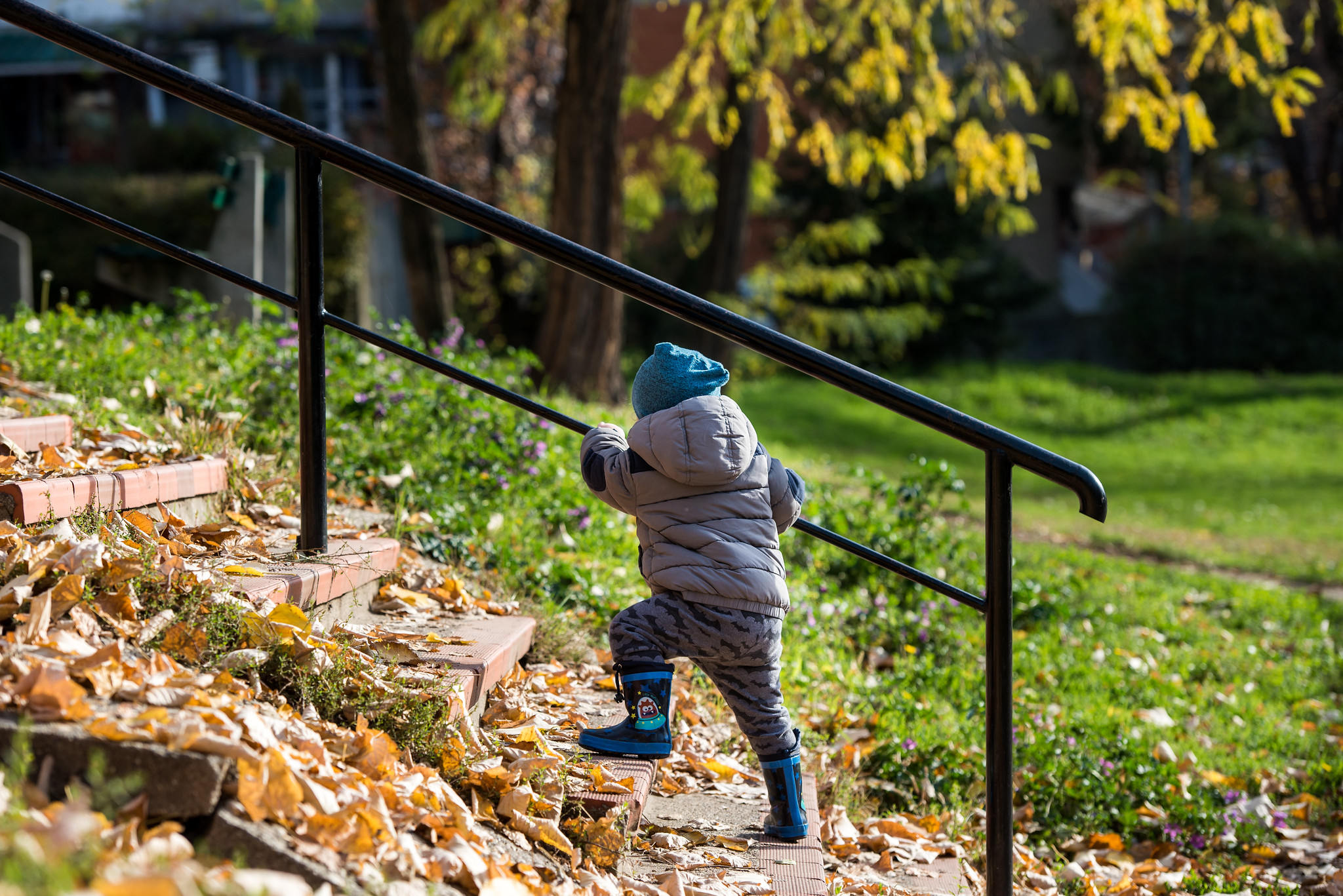I loved reading as a child and have maintained this into adulthood. Yet, even I, a self-confessed bookworm, could read more.
There are distractions all around whether exciting events to attend, friends to see, that ‘must-see’ box set to catch up on or pure fatigue which catches up with us. All too often, reading gets pushed to the bottom of the pile and relegated to the commute or to holidays. But 2014 will be different as I resolve to read more. Last time I wrote about the importance of storytelling in child development and how reading was a key part of acquiring storytelling skills. Today I am going to look at the importance of reading and how you can encourage your child to love it too.
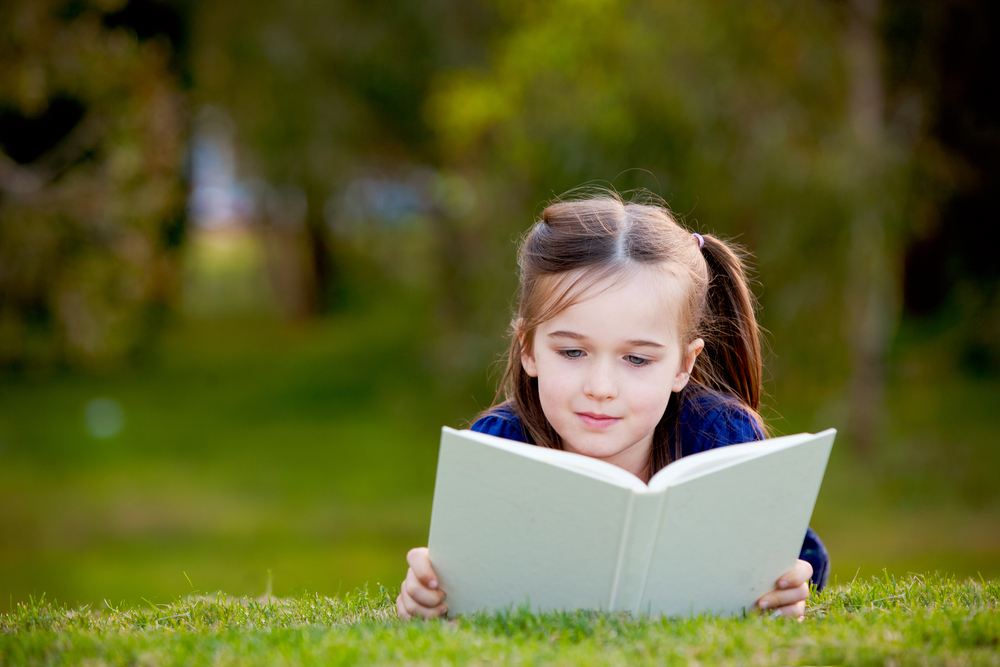 Reading is more than pleasure activity or a hobby and has proven to be a real indicator and contributor towards the life chances of children. Research conducted last year showed that:
Reading is more than pleasure activity or a hobby and has proven to be a real indicator and contributor towards the life chances of children. Research conducted last year showed that:
- Children and young people who do not achieve expected levels of literacy are likely to be from disadvantaged backgrounds.
- 14% of children in lower income homes rarely or never read books for pleasure.
- Parents are the most important reading role models for children and young people.
- Only 1 in 5 parents easily find the opportunity to read to their children.
- 10 to 16 year-olds who read for pleasure do better at school
- Reading for pleasure is more important for children’s cognitive development than their parents’ level of education.
- Only 40% of England’s ten year olds have a positive attitude to reading. The figure for Italy is 64% and 58% for Germany.1
In a world where children are less and less likely to turn to books when there are so many distractions and demands on their time, what can you do to ensure that children learn to love to read?
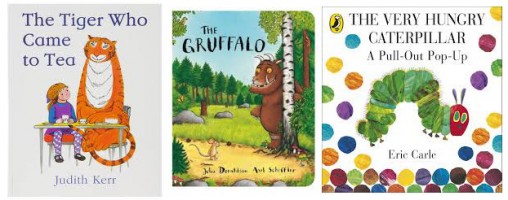
- Start early. You do not need to wait until your child is ready to learn to read to get them involved with books. They are in fact more likely to take to reading with ease if they already have a love of books. There are a whole host of books suitable for children from about 3 months old providing not only visual stimulation but often different textures too for them to explore. Usually books aimed at children this young are board or fabric books which are much more robust but you can even get books which are made for bath time.
- Talk! Conversing with your child or, if they are too young to talk back, talking them through the things you are doing will constantly expose them to meaningful language. When they are old enough, talk about the books you are sharing together e.g. What might happen next? What might the character be feeling? What do the pictures tell us? What would you do? Tell me about your favourite part etc.
- Read often. For children to develop a habit of reading (rather than, say, turning on the television when they don’t have something to occupy them) requires that it is done often. It should also be a comfortable and inviting activity perhaps by having a reading corner with a comfy chair or beanbag and a variety of books to choose from. Story time can be a special time to spend together especially at the end of the day but be careful not to overdo it as this might put children off. 10-15 minutes is usually enough for children up to the age of about four or five unless they indicate that they want more. Little and often is usually the best.
- Pretend you are on stage! Putting on voices and acting out parts of the story you might just think were entertainment tools; but in fact they are a way of communicating the meaning of the story to children and will improve their memory of the story too.
- Continue to read to children even when they are learning to read or are confident readers. This should not replace their reading practice but will enhance their reading skills by improving their vocabulary and developing their love of books. Perhaps you can even read together by taking turns to read alternate pages or by them supplying a repeating phrase or a missing word.
- Allow children to choose their own book and follow their own interests even if it is a book that you have read twenty times already. This will still help children to remember the story and revisit language patterns. This is not to say that you should not also encourage and challenge your child’s reading. If they seem to consistently choose books far below their reading ability, continue to read those but also find space to start another story which is more suitable for their reading ability. Reading parts of it together might give your child the confidence to approach it by themselves next time.
- Use your local community. Community centres, bookshops and libraries usually run lots of events such as storytelling. They often also have author visits and story and music sessions. Many libraries offer reading challenges for older pupils not to mention a huge range of books at no cost! Libraries are also places where children see lots of other children enjoying reading.
- Be a reader. Children learn through imitation and if they never see you reading, why should they? Don’t just read books but point out all sorts of reading, whether signs or shopping lists, newspapers or instruction manuals. Children will learn that these words communicate meaning and that reading those words is not just to be associated with homework or story time. They will instead understand it as the essential day to day skill that it is.
- Follow up a favourite story with other games and activities for example role play, sequencing or arts and crafts such as these lovely play dough mats which support The Gruffalo story.
Let’s make reading a top priority for 2014. Please share your children’s favourites and if anyone ever needs recommendations please ask us or our readers. I’m sure that between us we can all come up with enticing suggestions.
1) http://readingagency.org.uk/news/reading-facts003/
Featured image: http://www.freedigitalphotos.net/images/Reading_and_Writing_g344-Reading_Written_In_Kids_Letters_p69169.html

